Onions are an essential ingredient in a great many main dishes, appetizers, salads, slaws, soups, stews, and sauces. In fact, onions are the third most consumed vegetable worldwide. And you can enjoy them long after their harvest when you learn how to store onions properly.
With proper handling and storage, it’s easy to store onions to enjoy their pungent goodness throughout the long, cold months of winter.
Whether you’re storing a bag of onions you got on sale or a big flat that you bought in bulk, some of the best ways to store your onions include:
- Storing them long term in a dark, dry, cool place
- Refrigerating
- Freezing
- Dehydrating
- Canning
Read on to learn how to store onions to preserver their freshness, firmness, and flavor.
How To Store Onions Long-Term
The best way to prevent bruising and to preserve onions is to keep them separated in a dark, dry, and cool area. If you have room in an extra refrigerator, wrap every onion snugly in aluminum foil. When stored cool and dry in the fridge, onions will stay fresh and firm for up to a year.
Another long-term storage option is to place onions on a screen tray for ventilation and store them in a cool, dry root cellar. Just make sure they are separated and that none of the onions are touching one another.
Here are a few more storage tips to keep in mind:
- Sweet onions have the highest water content and spoil the fastest. Because sweet onions have a short shelf life, use sweet varieties first and save pungent onions in storage.
- Handle onions gently when harvesting and drying, making sure to keep the delicate paper skin intact.
- Never store onions in plastic bags. The lack of air circulation encourages sprouting and spoilage.
- Never store onions close to potatoes. Potatoes and onions give off gases when ripening that accelerate the spoilage rate of both.
How To Store Onions In The Freezer
A convenient and easy way to store onions other than dry storage is by freezing. Onions do not require blanching before freezing. Peel and chop them in small pieces. Place them in a small plastic freezer bags for storage, and label them with the date.
Snack-sized bags hold the perfect portion of onions for adding to casseroles, meatloaf, pasta, soups, stews, pizzas, omelets, and more.
Related Post: Growing Onions
If you are only trying to salvage a couple of bruised or damaged onions, chopped fresh onions stored in an airtight container will stay fresh and flavorful in the refrigerator for up to seven days.
How To Dehydrate Onions
Dehydration is one of the oldest tried and true methods of preserving foods and is still an excellent way to preserve onions.
Directions
- Peel and chop onions into half-inch pieces.
- Spread your onions on dehydrator trays, making sure they lie flat without touching one another.
- Set the temperature to 125 to 235 degrees Fahrenheit depending on your specific dehydrator’s recommendation.
- Dehydrate your onions for 8 to 12 hours.
- Remove your onions from the dehydrator and store them in moisture-proof, airtight, dark-colored glass jars.
Twelve pounds of fresh onions will yield approximately 1 to 2 pounds of dehydrated onions.
Sweet And Spicy Onion Relish
If you have several pounds of onions, consider prepping and chopping for freezer storage, or canning a batch of sweet onion chutney. Or, you can make this delicious sweet and spicy onion relish!
Enjoy this relish slathered on a roast beef sandwich, as a dipping sauce for pork, a garnish for scrambled eggs, piled on a hot dog, or sprinkled on a salad.
Ingredients
- 6 pounds of sweet onions, chopped
- 1 cup canning salt
- 6 cups granulated white sugar
- 6 cups white vinegar
- 1 tablespoon ground dried cloves
- 1 tablespoon dried chili pepper flakes
- 3 tablespoons mustard seed
- 3 tablespoons celery seed
- 3 tablespoons of dried turmeric
- 2 tablespoons finely minced fresh cilantro
- 2 tablespoons finely minced fresh ginger
Directions
- In a large glass bowl or similar container, cover chopped onions with canning salt and mix well.
- Cover the onions and salt with ice cubes and allow to sit for 3 to 4 hours.
- Drain, rinse with water, and drain again.
- In a large enamel pasta pot or canning kettle, combine vinegar, sugar, spices, and ginger. Bring mixture to a boil.
- Add drained, chopped onions. Return to boil.
- Turn heat to low and simmer onion mixture for 10 minutes, stirring frequently. Remove from heat.
- Ladle onion mixture into sterilized, hot half-pint canning jars. Allow a one-half inch of space at the top of the jar.
- Wipe rims with a soft cloth dipped in boiling water, seal jars, and place in boiling water bath for 20 minutes.*
This recipe is just as tasty when sweet peppers, cauliflower florets, baby carrots, or cucumbers substitute for the onions. If you have a few pounds of different vegetables ready for harvest, you can make a medley relish with a combination of fresh ingredients from the garden.
*If you live at an altitude above 5,000 feet, extend the water bath time to 30 minutes.
Nutritional Value of Onions
Onions are low in calories with only 64 calories per 1-cup serving. An excellent source of vitamin C and folic acid, onions are cholesterol, sodium, and fat free.
Onions contain the antioxidant quercetin, a flavonoid that helps prevent oxidative damage to tissue and cells of the body by eliminating free radicals and inactivating damaging chelate metal ions.
The National Onion Association reports, “Several studies have shown quercetin to have beneficial effects against many diseases and disorders including cataracts, cardiovascular disease as well as cancer of the breast, colon, ovarian, gastric, lung, and bladder.”
Related Post: 13 Things You Didn’t Know About Onions
As a bonus, onions contain phytochemical compounds (cepaene, disulfides, trisulfides, and vinyl dithiins) with antimicrobial and anticancer properties.
No matter how you decide to enjoy them, learning how to store onions properly is key to keeping them fresh for the cooler months ahead. How do you like to enjoy your onions? Let us know in the comments below!
References:
- Keep Your Onions and Potatoes Separated and Other Tips for Storing Fruits and Vegetables, Consumer Report
- Growing Onions, Texas A&M AgriLife Extension
- Consumption, National Onion Association
- Food Availability and Consumption, U.S. Department of Agriculture


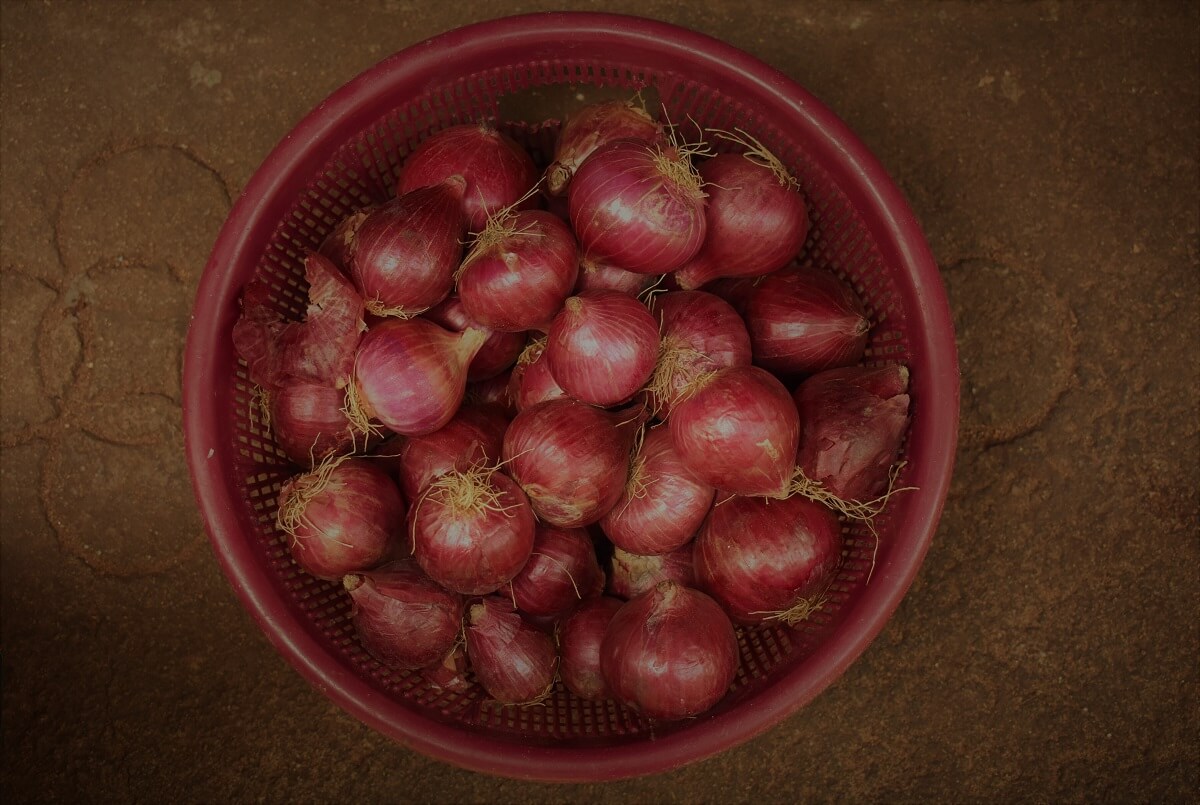

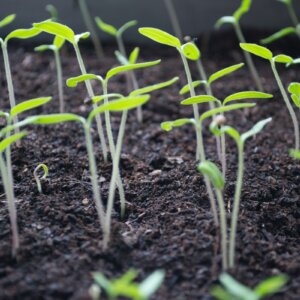









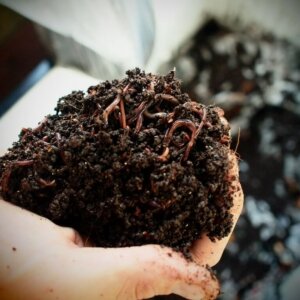






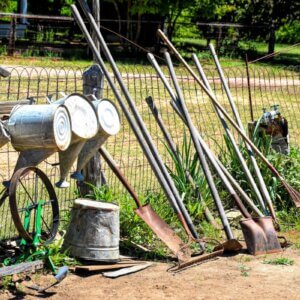









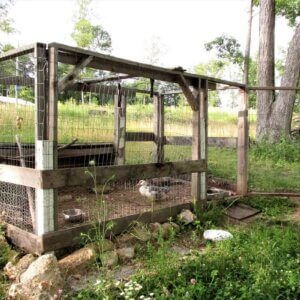


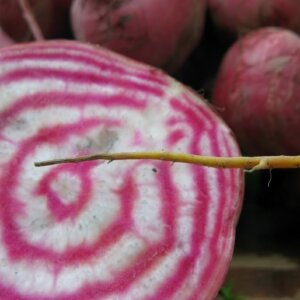







Leave a Reply